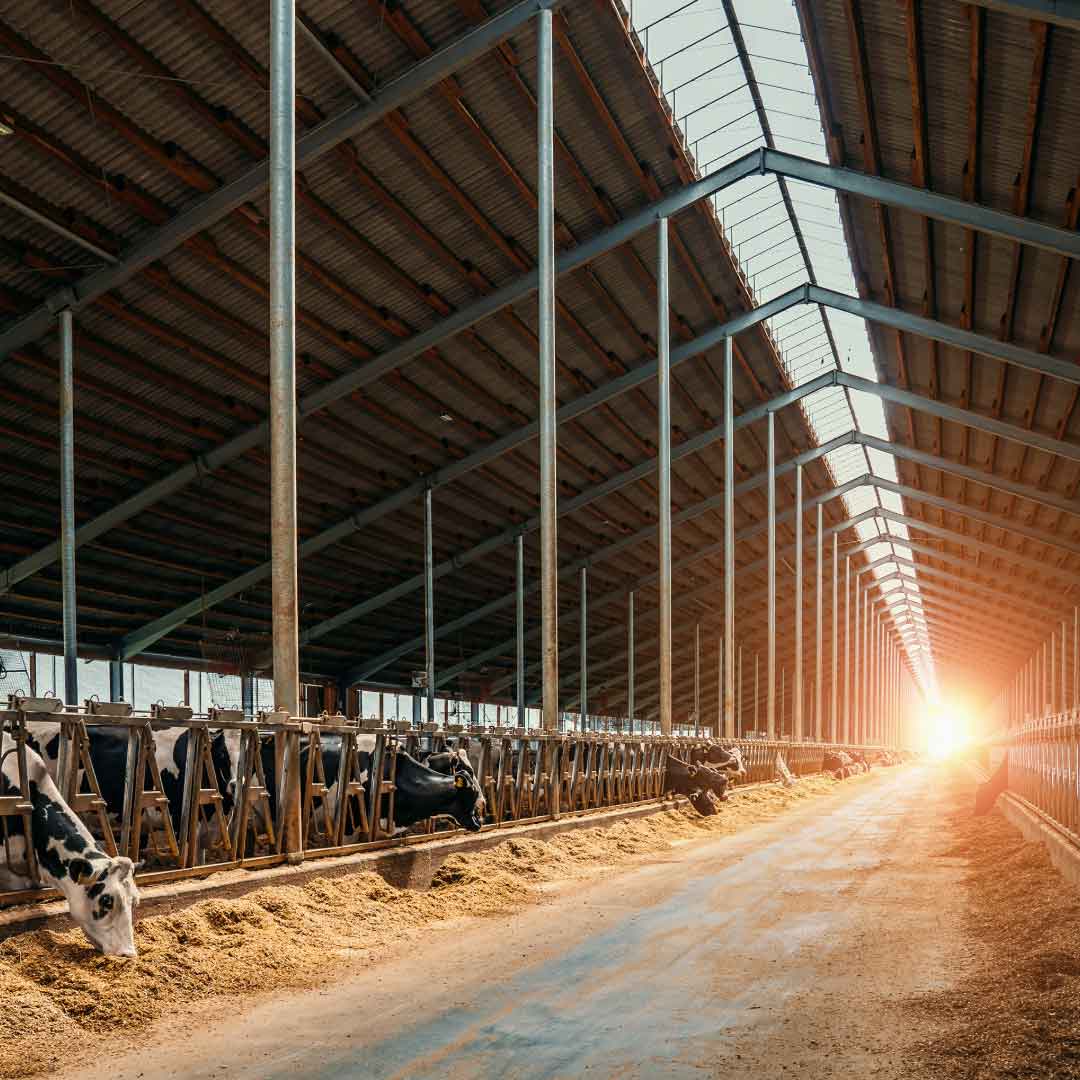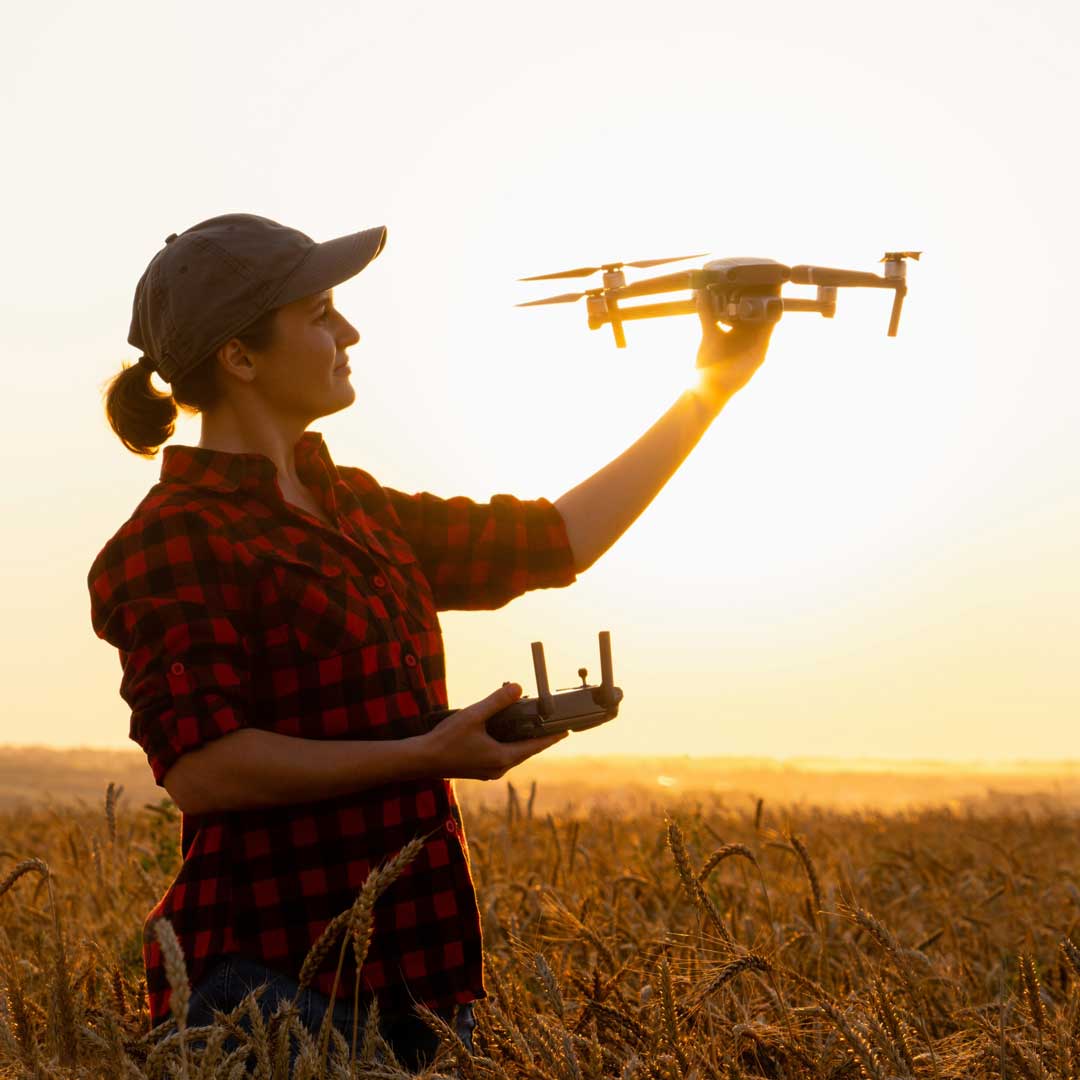How Can Dairy Farmers Use Large Language Models (LLMs)?
What exactly is “generative AI”? And more importantly, how can dairy producers use it in a practical way to help manage their farms, stay up to date on research, and make informed decisions?

Emerging Technologies and Facilities provide animal comfort and express the genetic potential of the herd to produce milk at a profit. The range of project investments is large. One farm may need to remodel a building for calves while another farm needs a new barn and parlor.




What exactly is “generative AI”? And more importantly, how can dairy producers use it in a practical way to help manage their farms, stay up to date on research, and make informed decisions?
This article explains the difference between dirty and clean data, pillars of quality data, and practical tips to prevent entering dirty data.
Dr. Doug Reinemann, Dr. Marcia Endres, and Dr. Nesli Akdeniz Onuki – experts in Automatic Milking Systems (AMS) – answer questions submitted by farmers and their advisors.
Seasonal temperature shifts directly affect the energy required to ventilate dairy facilities. In this article, we compared seasonal temperature data from 2020-2024 to those from 2000-2004.
Dr. Akdeniz introduces a new online calculator designed to support ventilation decisions in dairy barns.
While natural ventilation works well under moderate weather conditions, it often becomes inadequate during periods of heat stress, especially in newer barns with more than four rows of stalls. These conditions have led to a growing interest in mechanical ventilation systems, which can provide more consistent and controllable airflow inside dairy facilities.
Automation is no longer a distant vision. Technology is being used to fill labor gaps, trim costs, increase efficiency, and boost precision. Success, though, still begins with a solid plan.
Light plays a critical role in regulating cow behavior, milk production, and reproductive cycles.
With thoughtful planning and maintenance, tunnel ventilation can be a valuable system for modern dairy operations.
The program shared insights into the complexities and considerations when adopting farm automation. These include the significant investment required, infrastructure changes, the necessity of technical support, and risks alongside benefits.
Routine farm activities such as feeding, cleaning, and vehicle movement all contribute to ambient noise.
Recent advancements in dairy farming technology are enhancing efficiency, animal welfare, and farm management through precision livestock technologies, automation, and data integration.